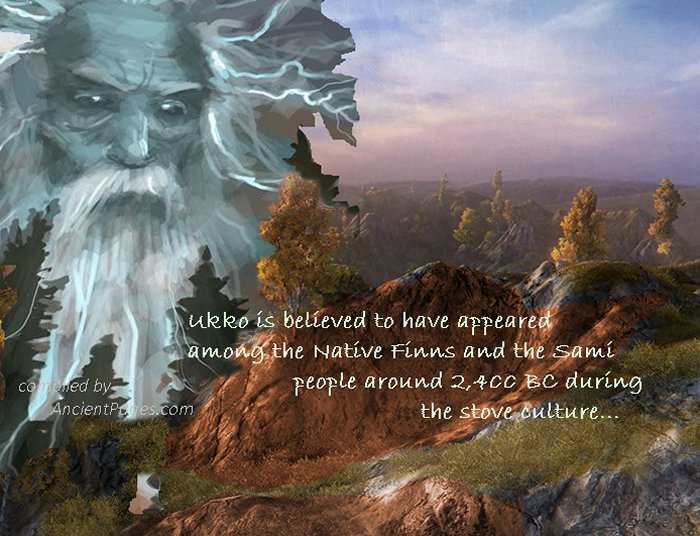Ukko: Karelian-Finnish God Of Thunderstorms, Harvest, Patron Of Crops And Cattle
A. Sutherland - AncientPages.com - In Karelian-Finnish mythology, Ukko ('grandfather 'or 'old man') was responsible for weather, lightning, and thunderstorms. He controlled the clouds and the harvest of the year.
Powerful thunderstorms were heard when the god Ukko drove his chariot through the skies, according to an ancient explanation of this natural phenomenon.
Frost, ice, snow, hail, wind and rain, sunshine, and shadow were believed to come from the hands of Ukko.
Ukko – the "The Pivot of the Heavens" - was often depicted as sitting upon a cloud in the sky's vault and bearing the firmament on his shoulders. As the god of heaven, he was pleased for the harvest to succeed. He was worshiped as the patron saint of crops and cattle.
Ukko created and maintained order in the world, and his act of creation of all things was described in the Finnish epic 'Kalevala':
"Ukko, that supreme Creator, he himself, Ukko, the god of heaven, separated water from heaven, he shared water with land (9: 33-36). "
Ukko Was Known By Many Epithets
In the Finnish epic 'The Kalevala,' Ukko was recognized as "The Leader of the Clouds," "The Shepherd of the Lamb-Clouds," "The God of the Breezes," "The Golden King," "The Silver Ruler of the Air," and "The Father of the Heavens."
The god of thunder has a long tradition in many ancient cultures. Some researchers suggested that Ilmarinen, divine blacksmith, inventor, and sky god, refers to the origin of Ukko because, in some legends, Ukko is the creator and blacksmith. Also, Ukko has counterparts in prominent deities described in Indo-European mythologies, including the Baltic god of thunder, Perkunas, the Norse god Thor, the Slavic god of heaven, and lightning, Perun, and Ukko's closest counterpart in Greek mythology, Zeus.
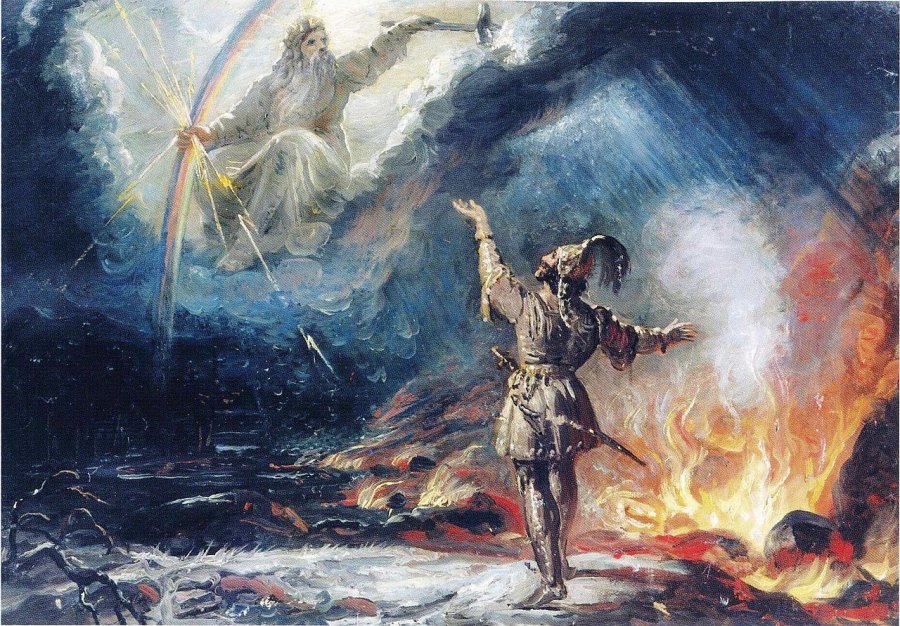 Painting by Robert Ekman in 1867 called Lemminkäinen asks help from Ukko ylijumala with crossing the lake in fire on his route to the wedding at Pohjola. Public Domain
Painting by Robert Ekman in 1867 called Lemminkäinen asks help from Ukko ylijumala with crossing the lake in fire on his route to the wedding at Pohjola. Public Domain
During the stove culture, a strong belief in the Karelian-Finnish god Ukko appeared among the Native Finns and the Sami people around 2,400 BC.
Ukko's Powerful Divine Weapons
According to legends, Ukko presented himself as a broad-axed, older man with a gray beard and white hair, dressed in a blue dress, riding a chariot along the heavenly stone road.
His main attributes were lightning, an ax, a magical hammer ('Ukonvasara' or 'hammer of Ukko'), and a flaming sword, which produced powerful lightning when hitting the ground.
He also had a fiery bow and fire arrows, and by using his tremendous powers, the great Ukko could strike evil spirits in the mountains that could only hide from his attacks in the water.
Numerous abandoned stone weapons were found in Karelia, Finland, at the beginning of the Copper Age. Then, local shamans collected and protected them for many years. These stone artifacts possessed certain heavenly powers to perform cures and heal diseases. The Finnish people called flint 'Ukonkivi' ("Ukkos sten"), or the firestone of the god Ukko" (Ukon pii), and as tradition has it, Ukko carved lightning from it.
Limited Knowledge About Ukko Comes From Poems And Songs
Information about the gods in Finnish mythology has been passed orally through poems and songs. The god Ukko was considered a demon among Christians in the Finnish regions since ceremonies and cults were related to Satan.
In ancient beliefs, the gods were not only good or bad, but forces of good and evil often accompanied them.
In his account of the Bible Book of Psalms from 1551, Mikael Agricola (1510–1555), the 16th century Lutheran bishop and reformer, described the pantheon of gods worshiped by the Finnish people in ancient times. He mentioned the sacred marriage of Ukko and his wife, Rauni. It was believed that when Rauni swears, god begins to get angry, and thunder rumbles just before people saw the flashes of lightning. Finally, the blessed rainfalls provide a harvest.
However, Agricola was a churchman, and the purpose of this description was to criticize and root out pagan customs firmly and not to continue the tradition of old deities.
Juhannus - Midsummer Holiday
Initially, it was a pagan celebration known as Ukon juhla, the celebration of Ukko, the most important god in Finnish mythology. Tradition has it that people place birch bunches of a birch on either side of the front door of their cabins or even on their boats to welcome visitors. In Finland, people still observe the Ukon juhla festival. When Finland became a Christian country, the Pagan festival was officially renamed "Juhannus," held in honor of John the Baptist. During the festival, it's a tradition to large lit bonfires by lakes and the sea.
On June 21, many people worldwide (especially the northern Europeans) celebrate the summer solstice, the so-called Midsummer. The celebrations take place on the day between June 19 and June 25 and the preceding evening. The exact dates vary among different cultures.
Written by – A. Sutherland - AncientPages.com Senior Staff Writer
updated on June 30, 2021
Copyright © AncientPages.com All rights reserved. This material may not be published, broadcast, rewritten or redistributed in whole or part without the express written permission of AncientPages.com
Expand for referencesMore From Ancient Pages
-
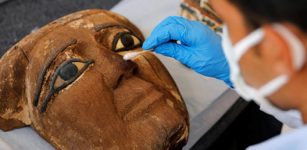 Saqqara Necropolis: Biggest Archaeological Discovery In 2020 – Photos Revealed
Archaeology | Nov 14, 2020
Saqqara Necropolis: Biggest Archaeological Discovery In 2020 – Photos Revealed
Archaeology | Nov 14, 2020 -
 Child Finds Impressive 1,800-Year-Old Ring Engraved With Goddess Minerva On Mount Carmel, Israel
Archaeology | Jul 17, 2024
Child Finds Impressive 1,800-Year-Old Ring Engraved With Goddess Minerva On Mount Carmel, Israel
Archaeology | Jul 17, 2024 -
 The Spread Of Weighing Systems Across Western Eurasia 4,000 Years Ago
Archaeology | Jun 30, 2021
The Spread Of Weighing Systems Across Western Eurasia 4,000 Years Ago
Archaeology | Jun 30, 2021 -
 Extremely Brutal Conflicts Among Maya Broke Out Before Civilization’s Decline
Archaeology | Aug 8, 2019
Extremely Brutal Conflicts Among Maya Broke Out Before Civilization’s Decline
Archaeology | Aug 8, 2019 -
 Petroglyphs Hold Secrets To 14,000 Years Of Human Life In Iran
Archaeology | Apr 30, 2020
Petroglyphs Hold Secrets To 14,000 Years Of Human Life In Iran
Archaeology | Apr 30, 2020 -
 10 Great Viking Misconceptions Still Being Perpetuated
Featured Stories | Jan 11, 2019
10 Great Viking Misconceptions Still Being Perpetuated
Featured Stories | Jan 11, 2019 -
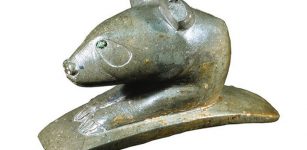 Use Of Tobacco Pipes By Hopewell People Tells A New Story
Archaeology | Jun 28, 2021
Use Of Tobacco Pipes By Hopewell People Tells A New Story
Archaeology | Jun 28, 2021 -
 King Solomon Was Invented As Political Propaganda To Unite People Of Judah – Scholars Argue
Biblical Mysteries | Feb 3, 2020
King Solomon Was Invented As Political Propaganda To Unite People Of Judah – Scholars Argue
Biblical Mysteries | Feb 3, 2020 -
 On This Day In History: Battle Of King’s Mountain Was Fought – On Oct 7, 1780
News | Oct 7, 2016
On This Day In History: Battle Of King’s Mountain Was Fought – On Oct 7, 1780
News | Oct 7, 2016 -
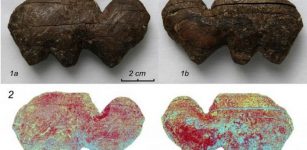 Ancient Mammoth Ivory Carving Technology Of Master Craftsmen – Reconstructed
Archaeology | Aug 27, 2020
Ancient Mammoth Ivory Carving Technology Of Master Craftsmen – Reconstructed
Archaeology | Aug 27, 2020 -
 Is This The Face of Queen Elizabeth I?
Archaeology | Oct 15, 2018
Is This The Face of Queen Elizabeth I?
Archaeology | Oct 15, 2018 -
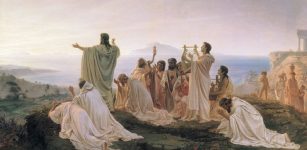 What Happened To The Pythagorean Brotherhood?
Ancient History Facts | Apr 5, 2021
What Happened To The Pythagorean Brotherhood?
Ancient History Facts | Apr 5, 2021 -
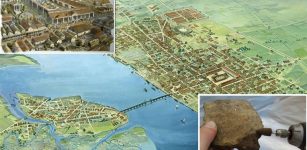 London Is Twice As Old As Previously Thought – New Discovery Reveals
Archaeology | Apr 9, 2020
London Is Twice As Old As Previously Thought – New Discovery Reveals
Archaeology | Apr 9, 2020 -
 Extraordinary Discovery: Clay Vessel With Sour Soup For The Gods Found In Medieval Hut
Archaeology | Jun 4, 2017
Extraordinary Discovery: Clay Vessel With Sour Soup For The Gods Found In Medieval Hut
Archaeology | Jun 4, 2017 -
 Something Never-Before-Seen Is Hidden Beneath 15 Giant Viking Burial Mounds Spotted By Radar In Norway
Archaeology | Jan 19, 2021
Something Never-Before-Seen Is Hidden Beneath 15 Giant Viking Burial Mounds Spotted By Radar In Norway
Archaeology | Jan 19, 2021 -
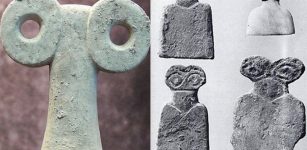 Remarkable Ancient Statues From The Eye Temple – Unique Legacy From Tell Brak, Syria
Artifacts | Jul 20, 2018
Remarkable Ancient Statues From The Eye Temple – Unique Legacy From Tell Brak, Syria
Artifacts | Jul 20, 2018 -
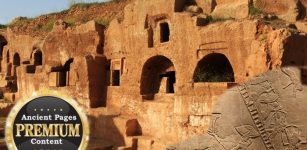 Mysterious Ancient Tomb May Contain Remains Of A Powerful Forgotten Goddess
Civilizations | Aug 30, 2018
Mysterious Ancient Tomb May Contain Remains Of A Powerful Forgotten Goddess
Civilizations | Aug 30, 2018 -
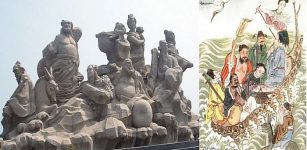 Legend Of The Eight Immortals Who Know The Secrets Of Nature
Chinese Mythology | May 21, 2016
Legend Of The Eight Immortals Who Know The Secrets Of Nature
Chinese Mythology | May 21, 2016 -
 73 Intriguing Burial Bundles And Carved Masks Placed On False Heads Discovered In Peru
Archaeology | Nov 30, 2023
73 Intriguing Burial Bundles And Carved Masks Placed On False Heads Discovered In Peru
Archaeology | Nov 30, 2023 -
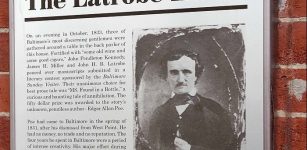 On This Day In History: Famous American Author Edgar Allan Poe Found Dying – On Oct 3, 1849
News | Oct 3, 2016
On This Day In History: Famous American Author Edgar Allan Poe Found Dying – On Oct 3, 1849
News | Oct 3, 2016

